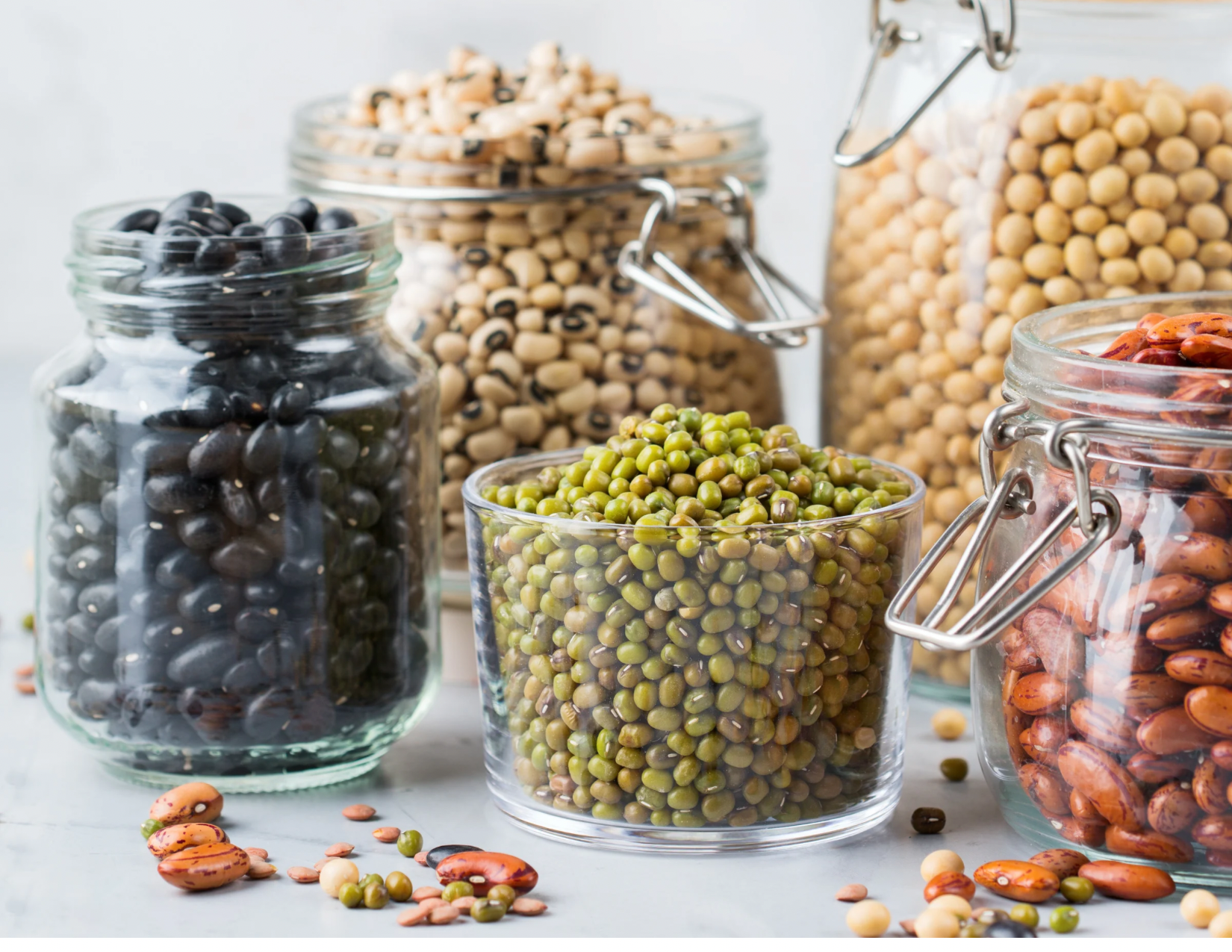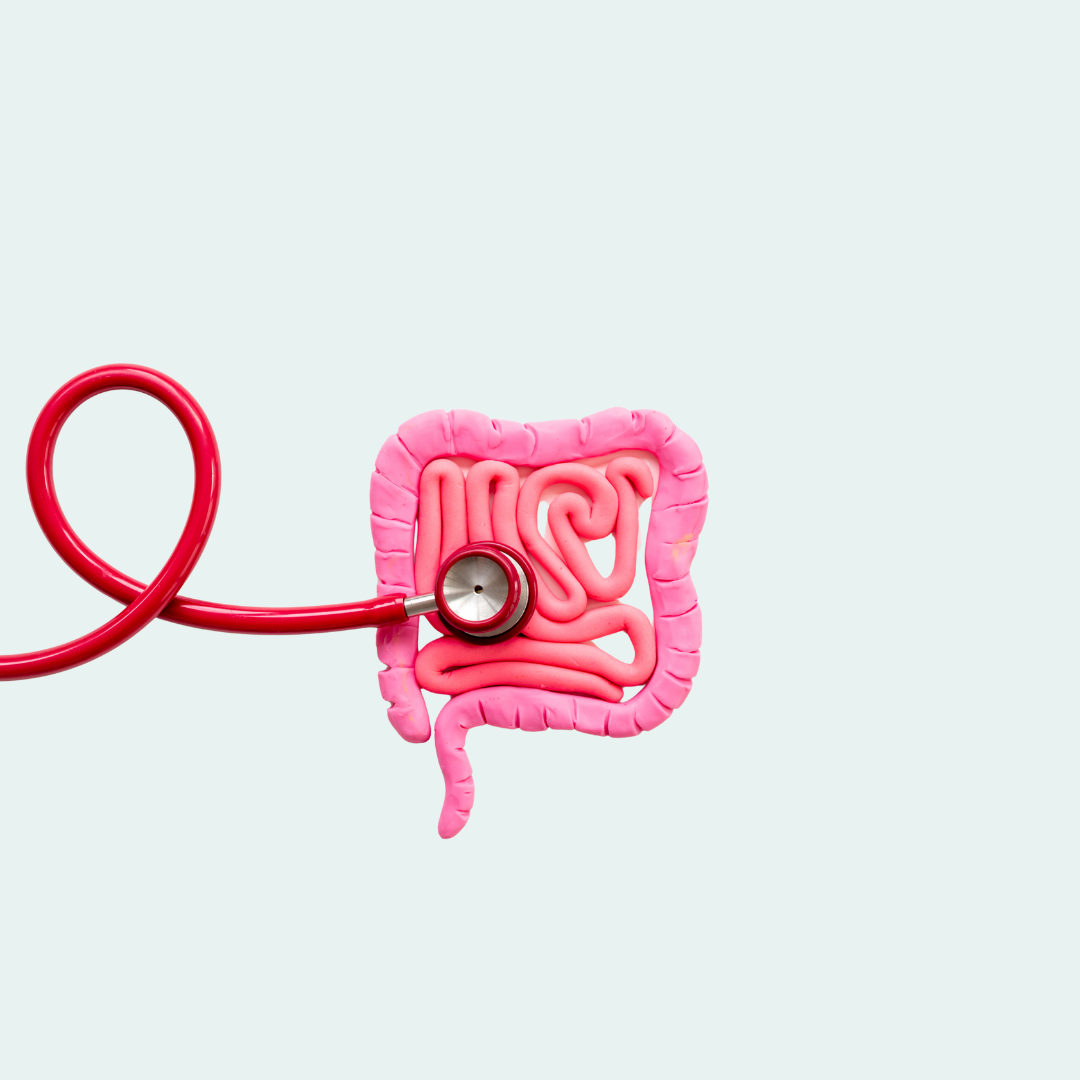
What Is Fibermaxxing?
Fibermaxxing refers to increasing daily fiber intake, touted for its potential ability to support weight loss by regulating blood sugar and digestion. This occurs by directly slowing the release of carbohydrate into the blood and indirectly by feeding crucial gut microbes which may trigger GLP-1 production and other favorable metabolic processes.
A higher-fiber diet can also help keep the gut strong and prevent digestive symptoms from recurring if IBS has been a past concern. Fiber isn’t digested; it ferments, which then fuels good gut bacteria. More good gut bacteria means less room for bad gut bacteria.
Think of a garden or immaculate green lawn. One of the best ways to keep weeds at bay is to focus on growing thick, lush grass, flowers, and plants to out-compete the weeds.
Discover fibermaxxing — the gut health trend taking over TikTok. Learn the benefits and risks as well as meal ideas to safely boost your daily fiber intake.
The Benefits — and the Limits — of Fiber
While fiber has some amazing benefits, it’s not a cure-all. There are also gut microbes that feed on animal products, so balance and variety seems to be key — but many gut bacteria do prefer plants, hence the lean toward fiber.
Fiber won’t produce overnight weight loss or perfect poops in a day; in fact, sometimes more fiber makes digestive issues worse! That’s why it’s important to adjust slowly and pay attention to how your body responds.

Types of Fiber and How Much You Need
There are two main forms of fiber:
- Soluble fiber: found in foods such as oats, chia seeds, and beans, dissolves in water and forms a gel. This helps to stabilize cholesterol and blood sugar.
- Insoluble fiber: found in vegetables and whole grains, adds stool bulk and speeds up transit time.
Aim for a mix of both, leaning more towards soluble fiber when you’re just starting out.
The general agreed-upon intake is 20–25g/day.
Maxing out? 35–40g/day.
(Start with the lower end and increase slowly!)
Tips for Tolerating More Fiber
A large jump within a day or two could cause bloating and discomfort. To help your body adjust:
- Increase fiber intake by about 3–5g per day until you’ve reached 25–35g per day
- Focus on food before supplements
- Be cautious with products like inulin or psyllium, which might be too much for the system right away
- Stay hydrated
- Keep moving — exercise helps the body adjust and keeps things moving
If increasing fiber consistently makes symptoms worse, it may be time to investigate further with comprehensive functional testing designed to get to the root cause of bloating and irregular bowel movements. I often see this in clients who are “eating clean” and doing “all the right things” but still feel bloated. The encouraging part is that once the root cause is identified and the gut is supported, foods that used to trigger symptoms can often be reintroduced.
Fibermaxx Made Simple: 7 Days of Meals
Want to see what fibermaxxing looks like in real life?
Download this free 7-day meal plan, complete with recipes and a shopping list, to help you gradually boost fiber the safe way.
Recent Blog Posts
Share this post!
About the Author
Rhya Pachin is a licensed dietitian nutritionist who employs an "integrative" approach to support overall health rather than addressing just one symptom. As a certified LEAP therapist, she designs and supervises custom elimination diets. Her focus areas include gastrointestinal conditions like IBS and IBD, autoimmune diseases such as rheumatoid arthritis and Hashimoto's, persistent weight issues, food sensitivities, and chronic inflammatory conditions in both adults and children.





